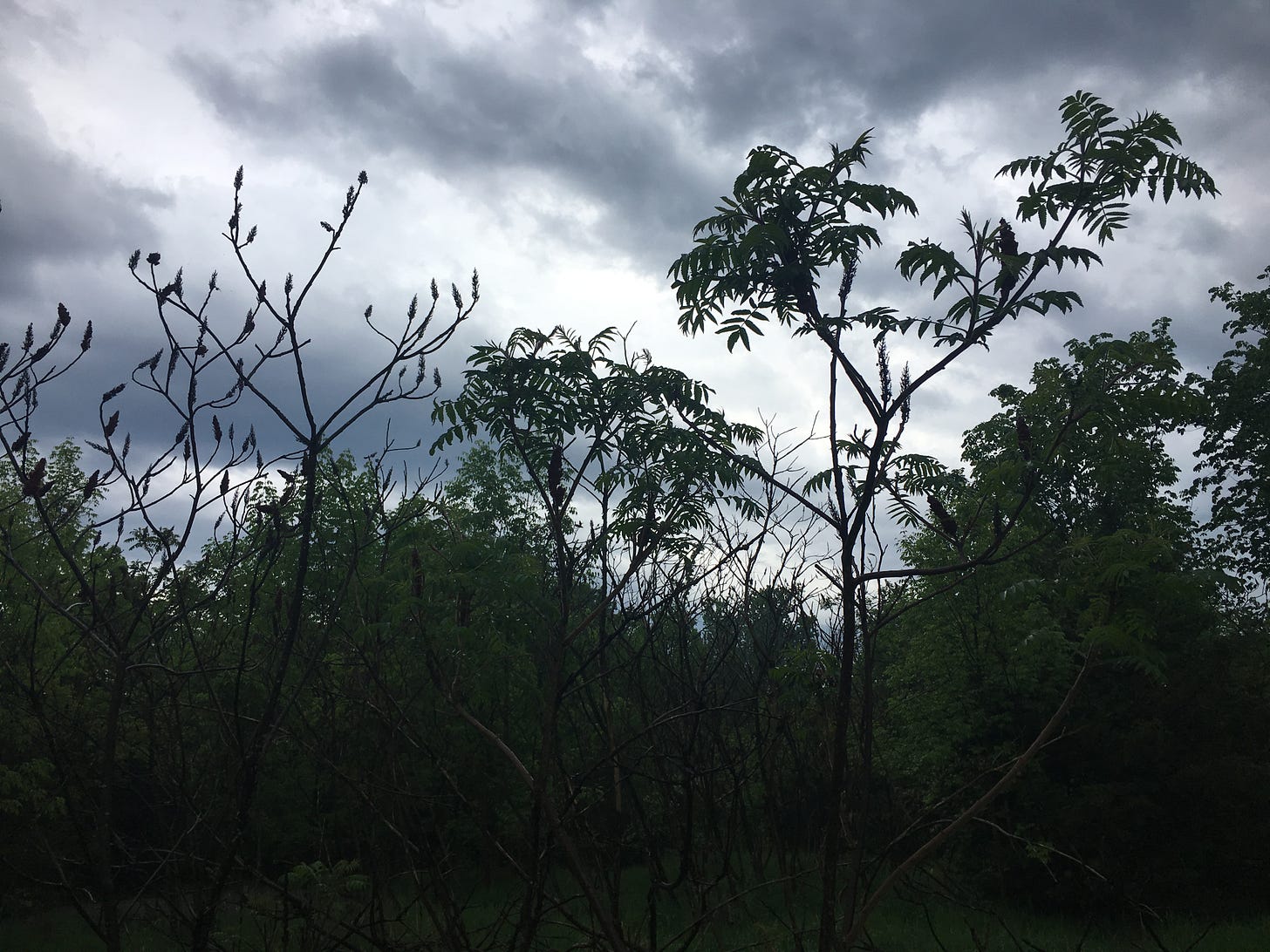As a monstrous fog of humidity settles over much of New England, I would like to direct your attention to the islands of Vermont. Yes, you read that correctly, and no, the use of “island” in the context of Vermont is not an exercise in twee wordplay. (“Hey man, this mountain is so isolated that it might as well be an island.”) In the waters of Lake Champlain—490 square miles vast—there’s a speckling of genuine islands near the north end of the lake. Connected to the mainland by Route 2 and by the super cool Lake Champlain Causeway bike and pedestrian path, the Champlain Islands are home to less than 7,000 people. Freshwater beaches, apple orchards, and impressive rock formations along the island shorelines are a couple of the lures that draw people here.
But a few minutes outside of Isle La Motte, the northernmost of the island villages, a gigantic piece of prehistoric history is hidden in the evergreen woods and meadows: partially buried under the verdant landscape, but exposed enough to leave you feeling pithily awestruck. You see, a very long time ago (around 480 million years) the Green Mountain State was covered by an ocean teeming with all manner of weird creatures. When the last Ice Age nuked those seawater levels, the reefs of those oceans were exposed and fossilized. And on Isle La Motte, you can pay a visit to the oldest known fossilized reef in the world—the Chazy Fossil Reef.




